
cleansing oil
$69
Gives a deep luxurious clean with 100% natural pure plant extracts that release an energizing and refreshing aroma.
Although it sounds counter-intuitive, cleansing your face with the proper combination of plant based oils (never mineral oil) can have surprising and and long term benefits.
Cleansing with oil instead of soap can help protect the lipid layer of skin and the beneficial bacteria that live there.
First let’s talk sebum. It’s the natural oily substance that lubricates the hair and skin. Generally speaking, oilier skin types produce more and drier skin types produce less. In some more oil is produce in the “T” zone or on other parts of the face.
Sebum is good and necessary but . . .
Everyday the natural sebum (oil) on your face traps dirt, impurities and environmental pollutants.
Water alone does not dissolve this oil and cannot remove the excess. If you wash your face with Water you need soap. And soap, not matter how gentle, is soap.
Chemists call oils lipophilic, meaning that they are naturally attracted to other oils, including the excess sebum.
Oil cleansing, which has been around for centuries, is not “washing” but a natural way to cleanse facial skin of excess sebum, bacteria, dead skin cells, dirt, impurities, environmental contaminants, even makeup and other debris while toning and moisturizing your face in a single step.
After cleansing your face feels clean with a refreshed complexion and a brighter more youthful glow.
Are oil cleansers good for acne prone skin?
Yes, oil cleansers can be good for acne-prone skin. They can help unclog pores, remove excess oil, and balance the skin’s moisture barrier.
Benefits
Unclogs pores: Oil cleansers can remove dirt, debris, and sebum plugs
Balances skin barrier: Oil cleansers can help keep the skin’s barrier function balanced, which can help manage breakouts
Removes makeup: Oil cleansers can remove makeup and excess oil without drying or irritating the skin
Acne is a common skin condition characterized by the formation of pimples, blackheads, whiteheads, and cysts. It occurs when hair follicles become clogged with dead skin cells and oil (sebum).
Causes:
Increased oil production by sebaceous glands, Accumulation of dead skin cells, Bacterial overgrowth (Propionibacterium acnes), Hormonal imbalances (especially during puberty and menstruation), and Inflammation.
Symptoms:
Blackheads (open comedones)
Whiteheads (closed comedones)
Papules (small, red bumps)
Pustules (pus-filled bumps)
Nodules (hard, painful lumps)
Cysts (deep, pus-filled lesions)
Symptoms:
Blackheads (open comedones)
Whiteheads (closed comedones)
Papules (small, red bumps)
Pustules (pus-filled bumps)
Nodules (hard, painful lumps)
Cysts (deep, pus-filled lesions)
Location:
Acne typically affects the face, chest, back, and shoulders.
Diagnosis:
Acne is usually diagnosed based on its appearance and symptoms. A dermatologist may examine the skin and ask about the patient’s medical history.
Treatment:
Treatment for acne depends on its severity. Options include:
Topical treatments:
Benzoyl peroxide, salicylic acid, retinoids, antibiotics
Oral medications:
Antibiotics, hormonal agents, isotretinoin (Accutane)
Extractions:
Removal of blackheads and whiteheads by a dermatologist
Lifestyle changes:
Washing the face regularly, avoiding touching the face, using non-comedogenic products, managing stress
Prevention:
An ounce of prevention is worth a pound of cure.
Keep the skin clean and moisturized, Avoid touching the face, Use non-comedogenic cosmetics and skincare products, Protect the skin from the sun, and See a dermatologist for regular skin checks.
Note:
Acne is a chronic condition that may require ongoing treatment. It is important to consult a dermatologist for proper diagnosis and treatment recommendations.
Location:
Acne typically affects the face, chest, back, and shoulders.
Diagnosis:
Acne is usually diagnosed based on its appearance and symptoms. A dermatologist may examine the skin and ask about the patient’s medical history.
Treatment:
Treatment for acne depends on its severity. Options include:
Topical treatments:
Benzoyl peroxide, salicylic acid, retinoids, antibiotics
Oral medications:
Antibiotics, hormonal agents, isotretinoin (Accutane)
Extractions:
Removal of blackheads and whiteheads by a dermatologist
Lifestyle changes:
Washing the face regularly, avoiding touching the face, using non-comedogenic products, managing stress
Prevention:
An ounce of prevention is worth a pound of cure.
Keep the skin clean and moisturized, Avoid touching the face, Use non-comedogenic cosmetics and skincare products, Protect the skin from the sun, and See a dermatologist for regular skin checks.
Note:
Acne is a chronic condition that may require ongoing treatment. It is important to consult a dermatologist for proper diagnosis and treatment recommendations.
Tips for using oil cleansers
Do a patch test before using an oil cleanser
Apply a small amount of oil to a less visible part of your face and leave it on for 24 hours
Use your fingertips to gently massage the oil into your skin
Use a warm washcloth to remove the oil
Oils that work well for acne-prone skin: Jojoba oil, Olive oil, Avocado oil, and Seed oils.
Oil cleansing can help balance the skin’s natural oil production. It can also thoroughly clean the pores to avoid clogged pores and acne breakouts. Pay attention to your skin type for best results.
1 – How to w/ tips
The basic cleanse
Beginning with clean dry hands:
Add a few drops of cleansing oil on finger tips (or palms) and apply to face in gentle upward circular motion spreading evenly across the surface of your face until the skin begins to resist. Apply additional drops in the same manner until the surface of the entire face is treated.
Wet hands and apply water to the face in the same manner until the serum goes from clear to milky white.
Rinse with water.
Follow with serums then moisturizer before sunscreen.
Tips:
For all skin types
Sensitive – perform a patch test
Dry – use as directed
Normal – use as directed
Combination – apply to oily areas first
Oily skin – use as directed
Don’t forget under the chin.
Purging and adjustment period:
When first using an oil cleanser, there may be some purging.
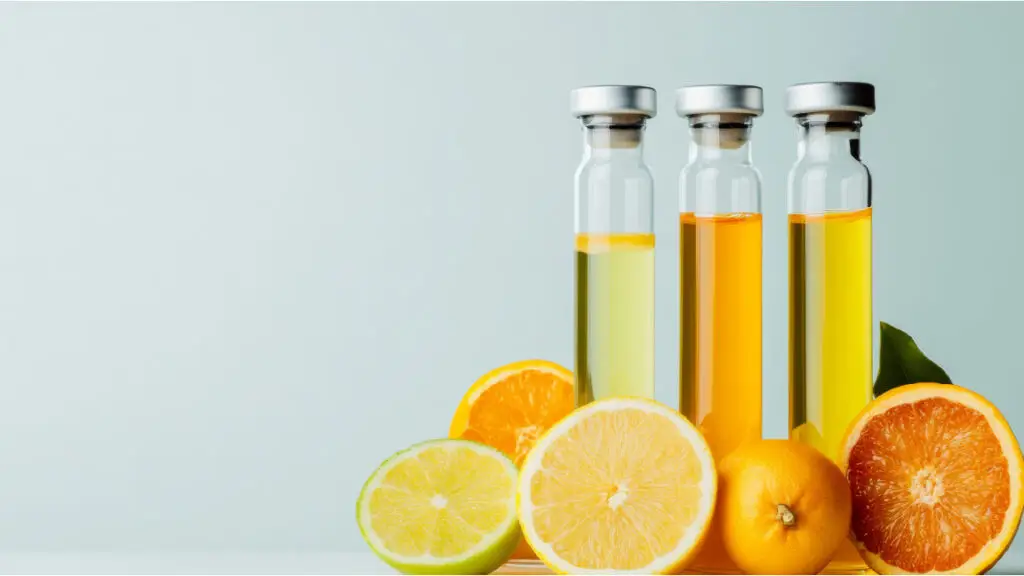
Citrus stem cells enhance the appearance of skin elasticity, making skin look smoother and more velvety.

Chamomile soothes and calms dry, itchy or sensitive skin. It calms outbreaks and reduces inflammation from acne.
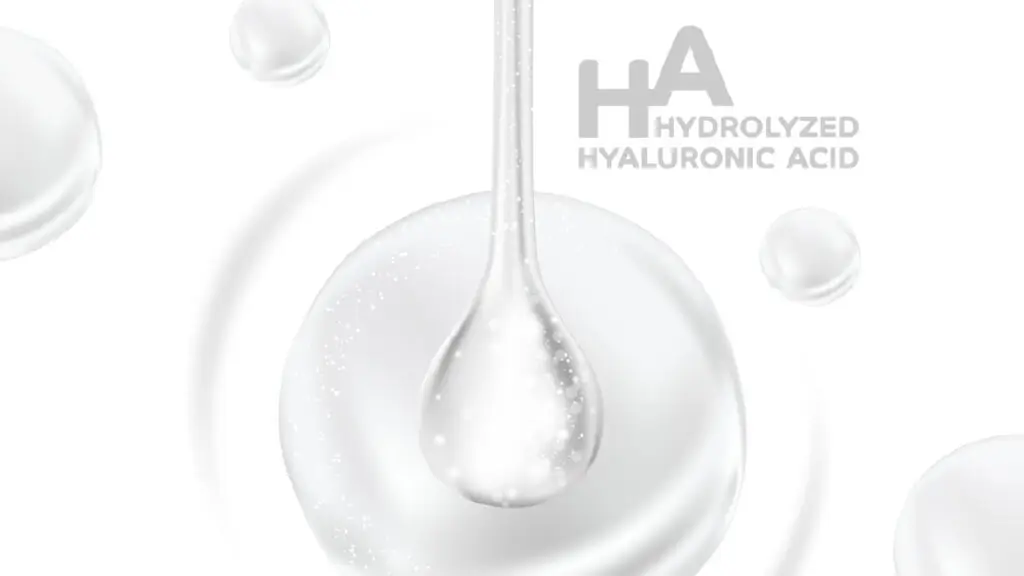
Hyaluronic Acid is well known as a beneficial part of skin care. It brings many benefits.

It is widely known that the beta-carotene and vitamins in carrots are good for our health.
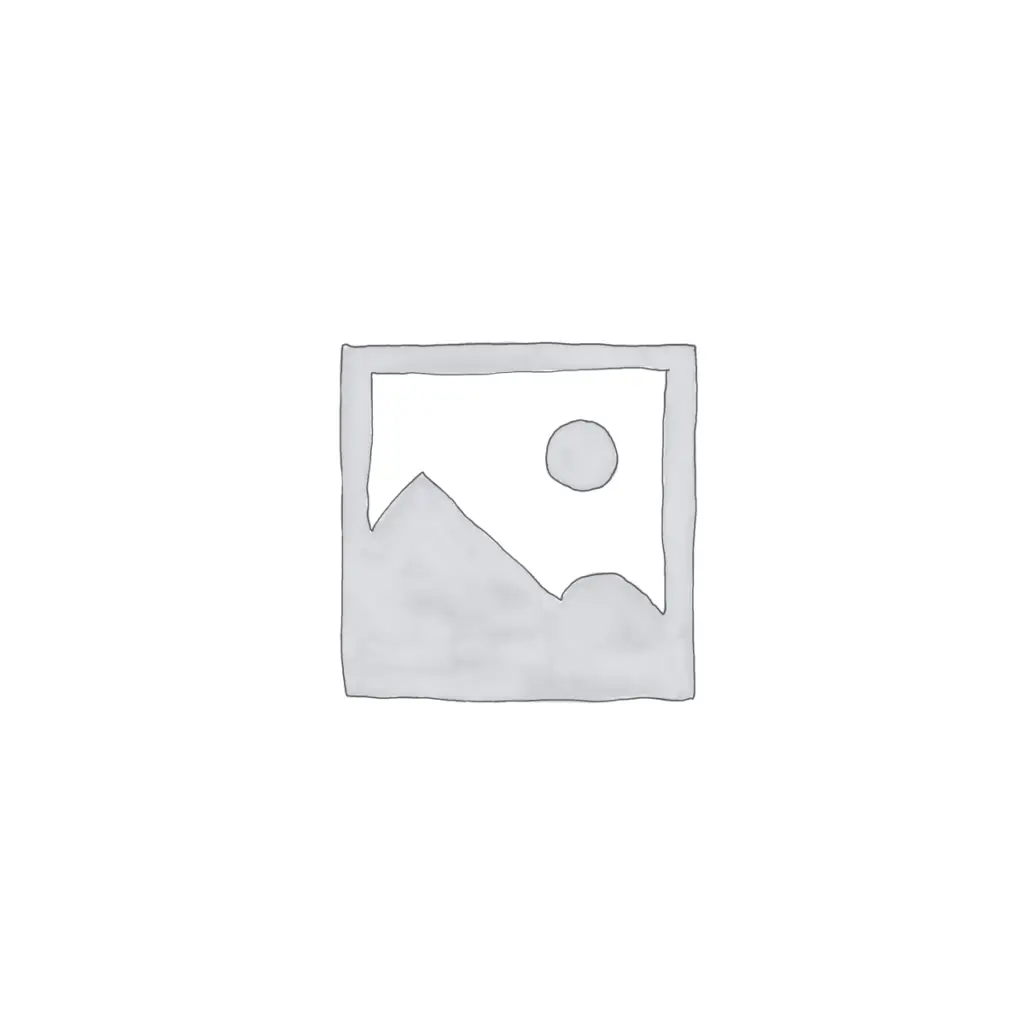
Co-Q10 has been discovered to be necessary for healthy cell production throughout the body.
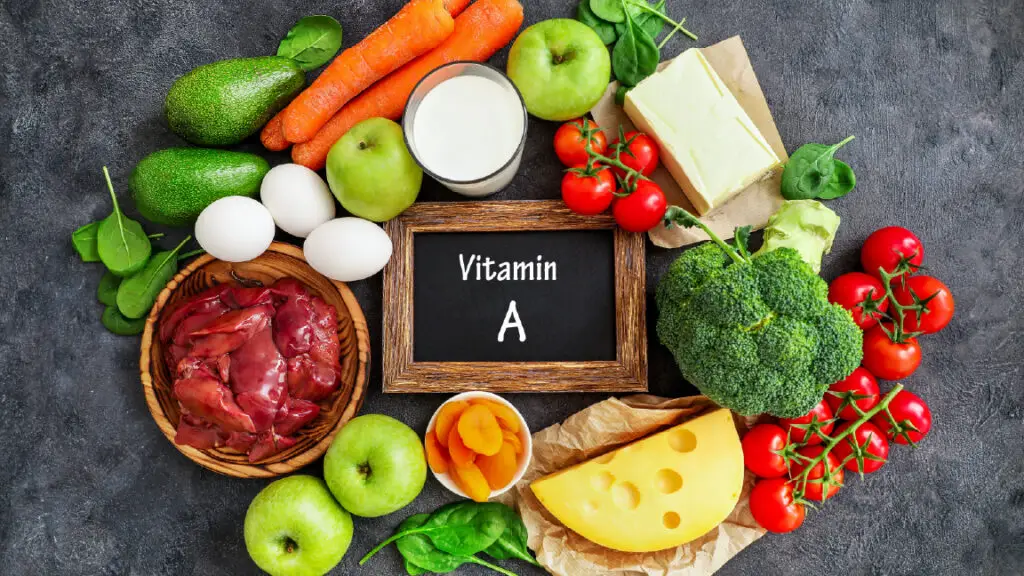
Vitamin A appears in our serum in the form of Retinyl Palmitate, the most stable form of Vitamin A in skin care.
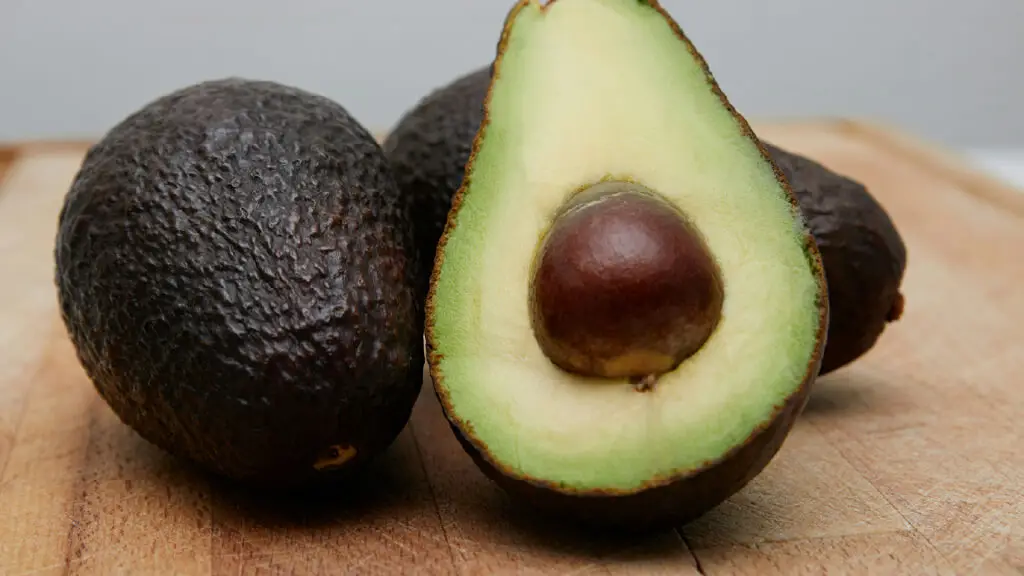
You already know that an Avocado is loaded with healthy fats and vitamins for your body. It’s also a great addition to your skin care.

Repair and rev up your skin with the coffee seed extract.
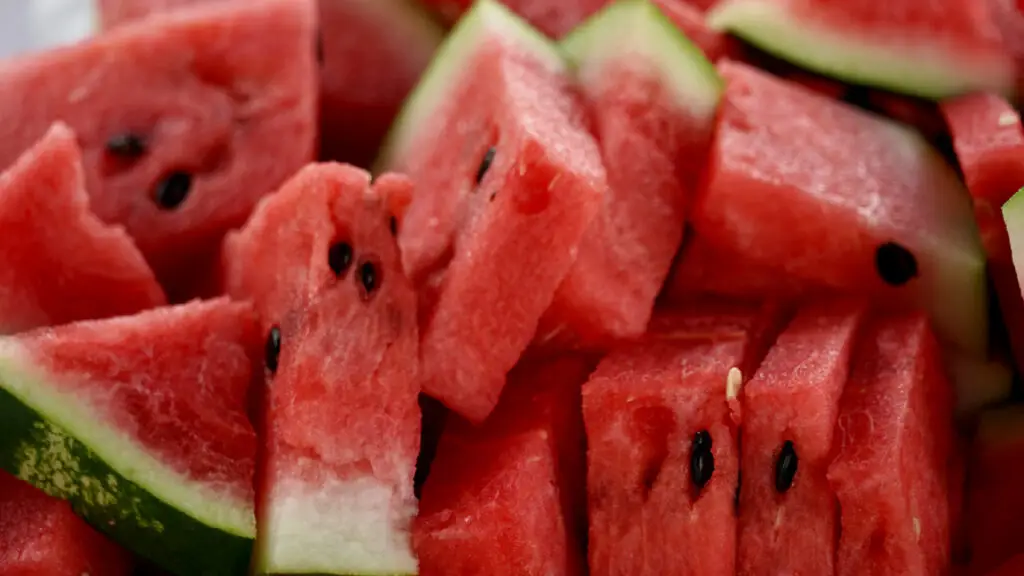
Watermelon extract is loaded with benefits for our skin. It helps maintain hydration and protect the skin for over 20 hours.